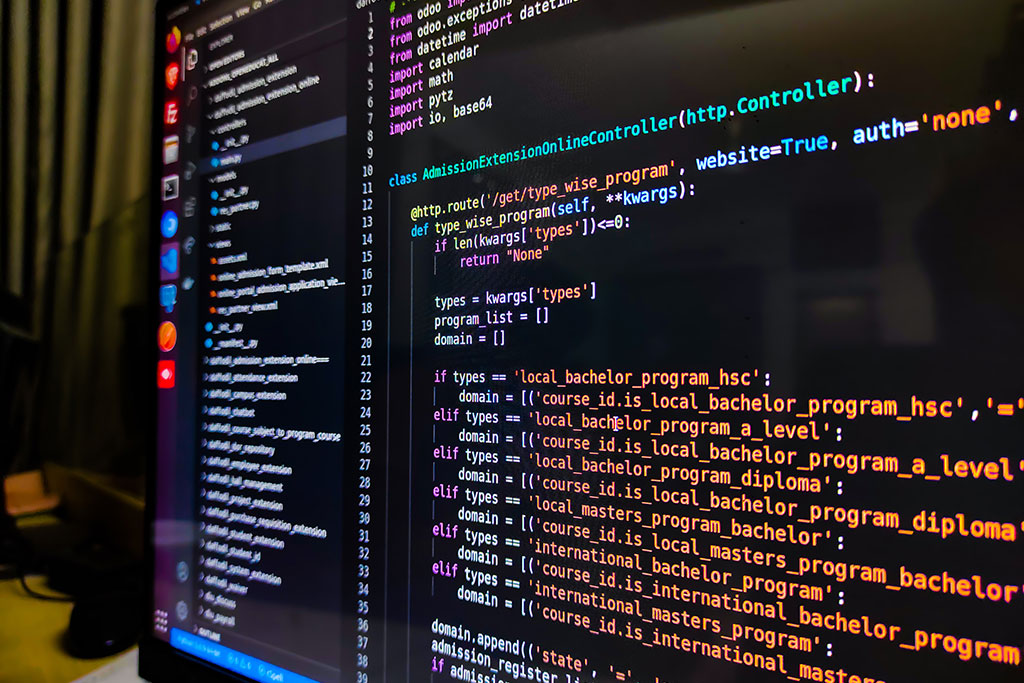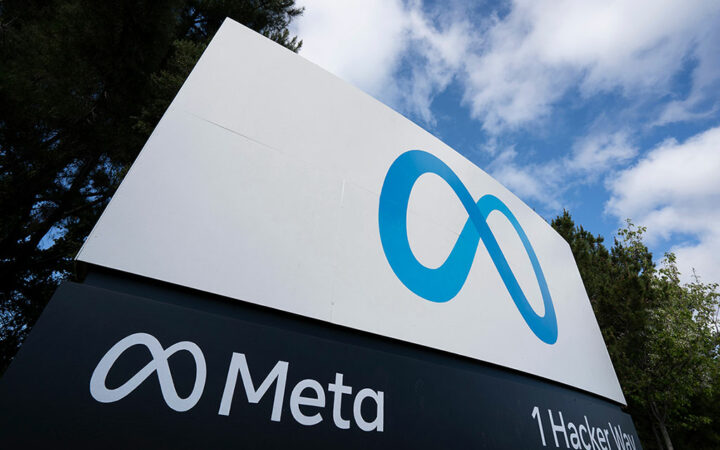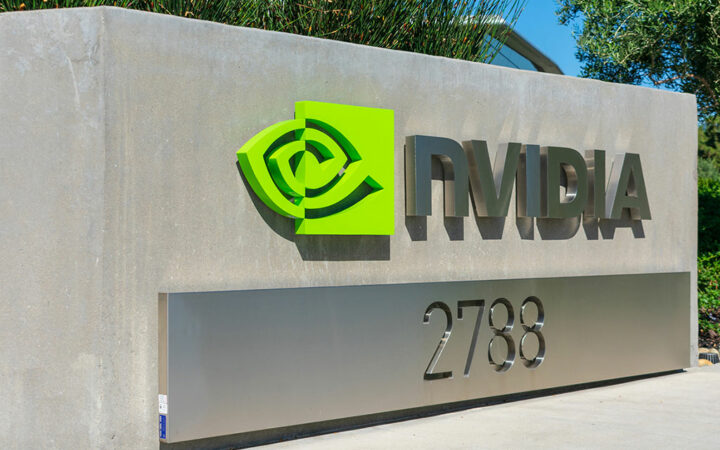
Darya is a crypto enthusiast who strongly believes in the future of blockchain. Being a hospitality professional, she is interested in finding the ways blockchain can change different industries and bring our life to a different level.
Code Llama has been released in three sizes with 7B, 13B, and 34B parameters respectively. Each of these models has been trained with 500B tokens of code and code-related data.
 Edited by Julia Sakovich
Updated
3 mins read
Edited by Julia Sakovich
Updated
3 mins read

Meta Platforms Inc (NASDAQ: META) has launched Code Llama, a large language model (LLM) for using text prompts to generate and discuss code. Code Llama is a new improved version of Llama 2 model. According to Meta, Code Llama is built on top of Llama 2, it will employ the same community license as Llama 2 and is free for research and commercial use.
Code Llama is able to generate code and natural language about code, from both code and natural language prompts. Besides, users can employ it for code completion and debugging. Code Llama supports the most widely used programming languages, including Python, C++, Java, PHP, Typescript (Javascript), C#, Bash, and more.
Code Llama has been released in three sizes with 7B, 13B, and 34B parameters respectively. Each of these models has been trained with 500B tokens of code and code-related data.
There are two variations of Code Llama: Code Llama – Python and Code Llama – Instruct. The former is fine-tuned on 100B tokens of Python code, it provides additional utility compatible with Python language since it is ‘the most benchmarked language for code generation.’ Meanwhile, Code Llama – Instruct has been trained to generate more helpful and safe answers in natural language.
The code can be used for both personal and business purposes.
Meta stated:
“Programmers are already using LLMs to assist in a variety of tasks, ranging from writing new software to debugging existing code,” Meta said in a blog post. “The goal is to make developer workflows more efficient so they can focus on the most human-centric aspects of their jobs.”
Further, the company added:
“Code Llama is designed to support software engineers in all sectors – including research, industry, open source projects, NGOs and businesses. But there are still many more use cases to support. We hope Code Llama will inspire others to leverage Llama 2 to create new innovative tools for research and commercial products.”
While Code Llama has demonstrated excellent performance during testing phases (it scored 53.7% on the code benchmark HumanEval), Meta noted that users have to be careful when using the tool as it might sometimes provide inaccurate responses.
The launch of Code Llama follows Meta’s release of SeamlessM4T – an AI-powered multilingual model that allows users to communicate effortlessly through speech and text across different languages.
AI-powered coding tools, the number of which is constantly increasing, can benefit developers a lot, providing solutions to streamline coding processes and automate routine tasks. However, they also pose a risk of misusing open-source data, which can lead to attacks designed to trick the AI into generating insecure or malicious code. Security vulnerabilities, incorrect implementations, or poorly optimized code are also among the challenges caused by coding tools.
Currently, there are multiple coding tools. The competition is escalating, and as companies are using similar principles to build the tools, it causes legal issues. A prime example is a class action lawsuit against Microsoft-owned GitHub and its CoPilot coding application that has allegedly violated copyright law by reproducing open-source code using AI.
Back in November 2022, a few software developers claimed that CoPilot and its underlying OpenAI Codex large model had violated federal copyright and state business laws. They accused CoPilot of incorporating copies of their code to reproduce their work without including or taking into account the required software license details. The legal suit is still going on.
Disclaimer: Coinspeaker is committed to providing unbiased and transparent reporting. This article aims to deliver accurate and timely information but should not be taken as financial or investment advice. Since market conditions can change rapidly, we encourage you to verify information on your own and consult with a professional before making any decisions based on this content.

Darya is a crypto enthusiast who strongly believes in the future of blockchain. Being a hospitality professional, she is interested in finding the ways blockchain can change different industries and bring our life to a different level.





